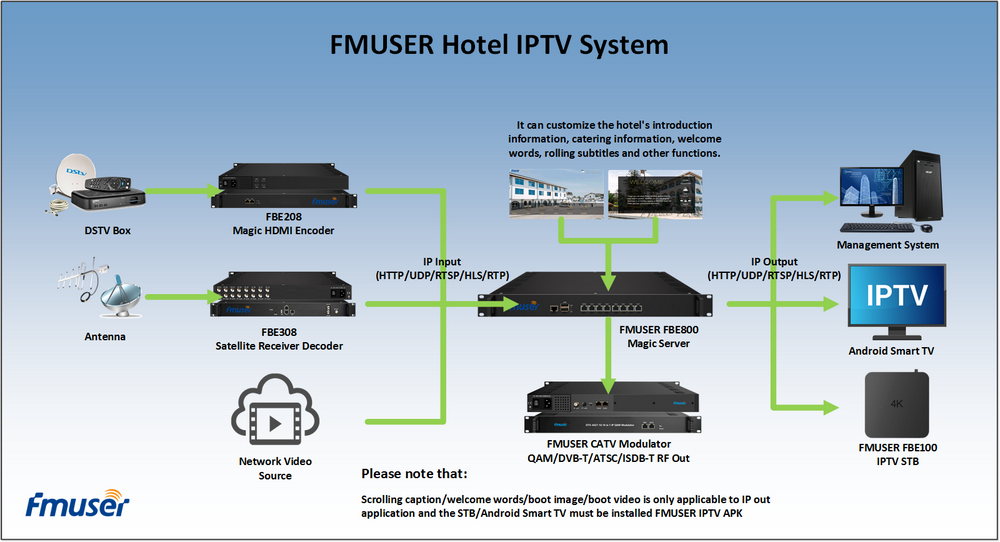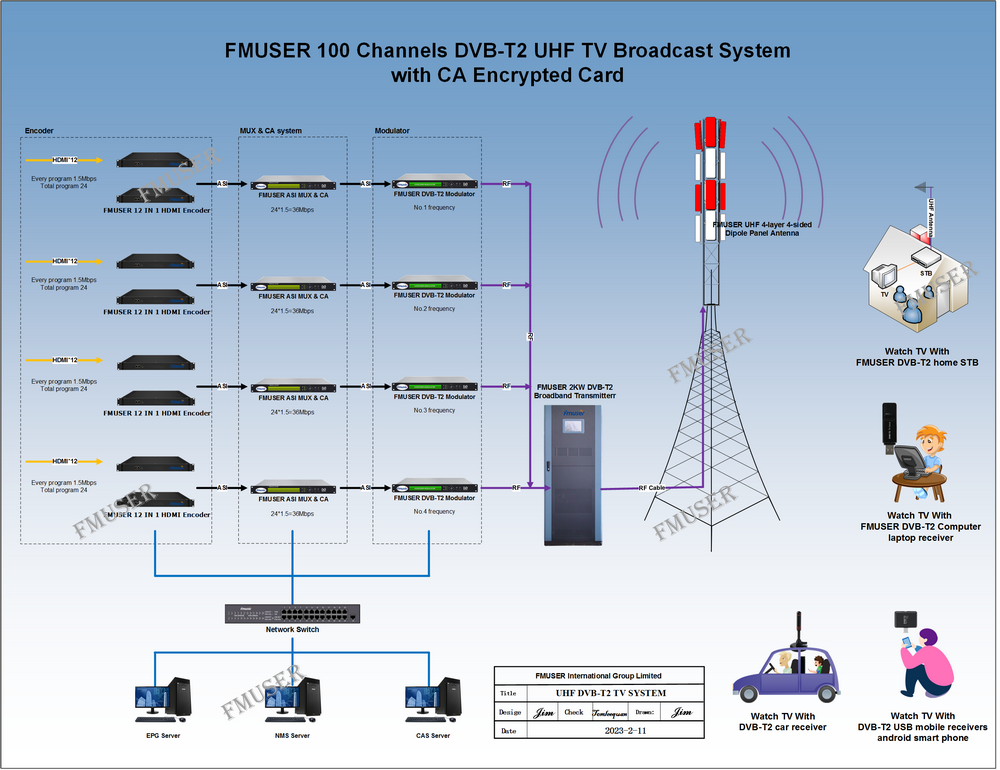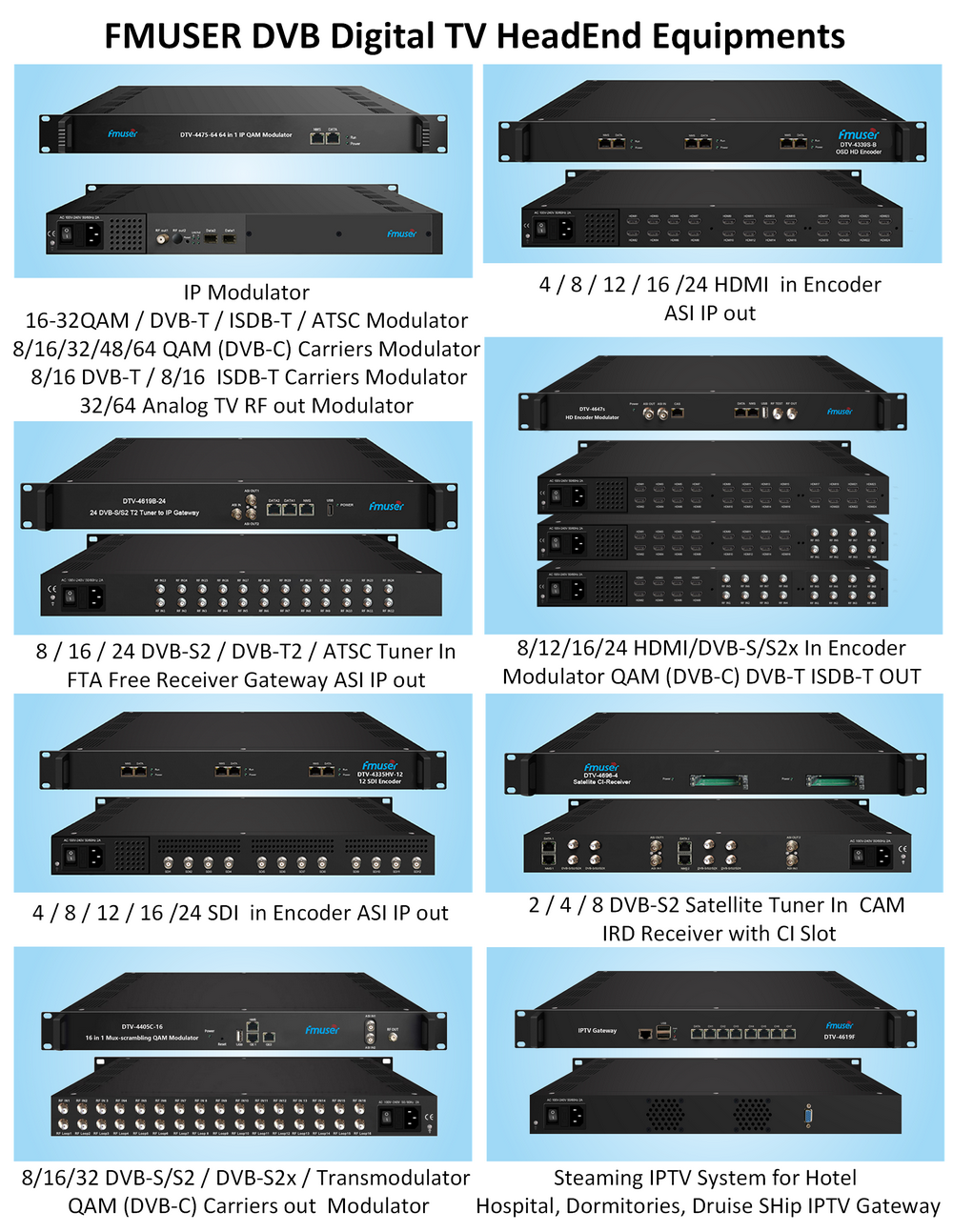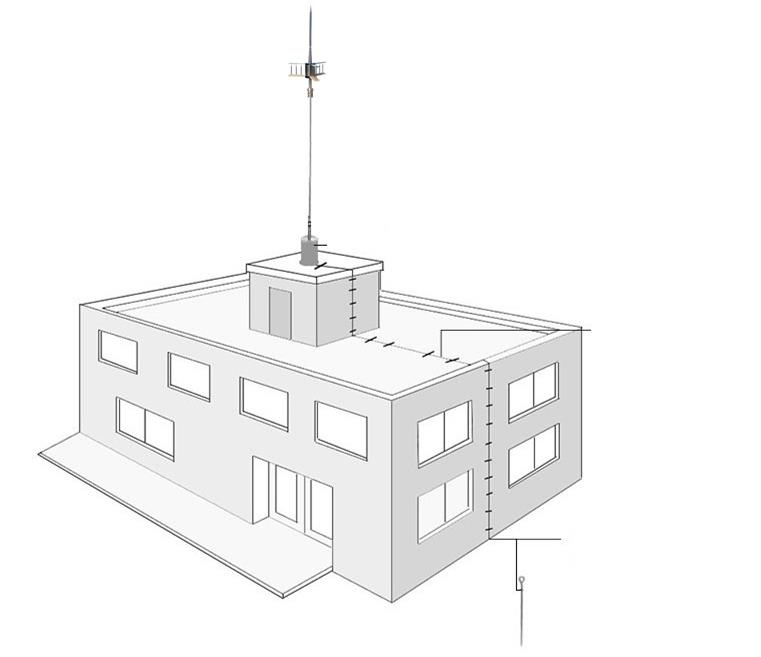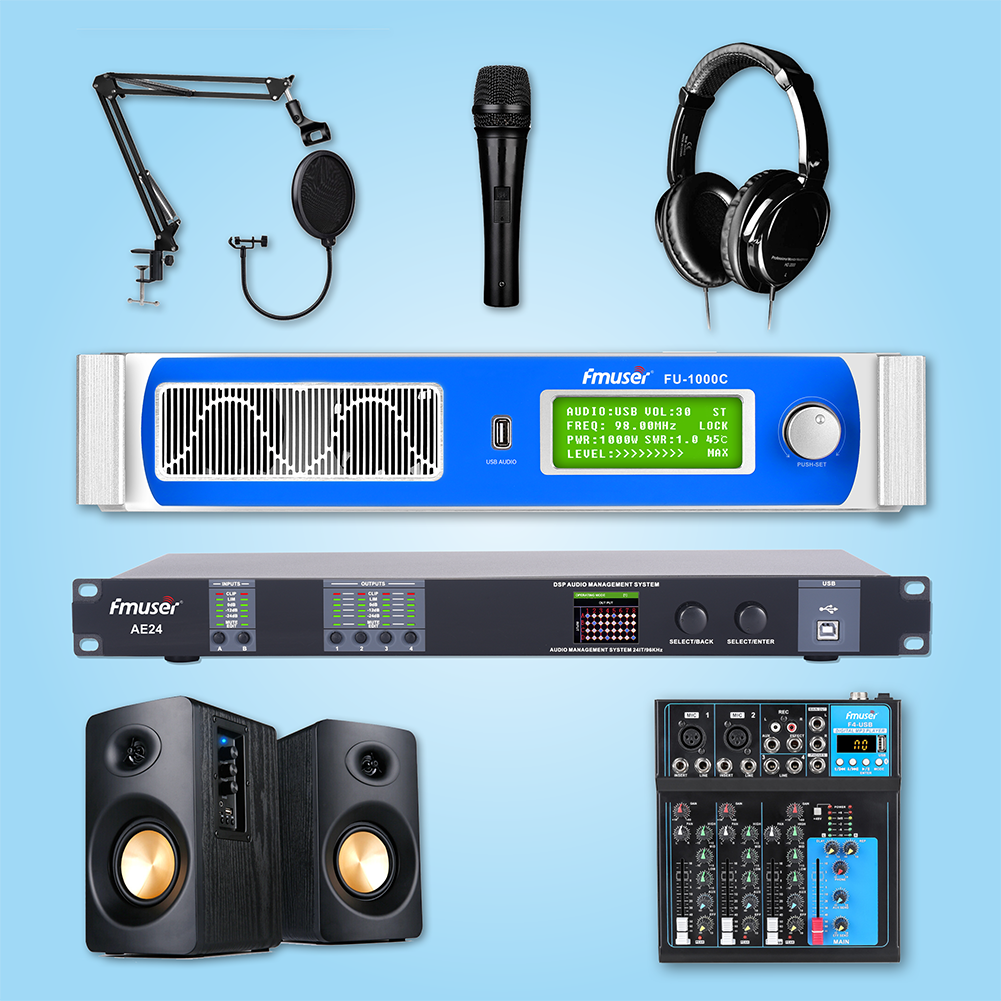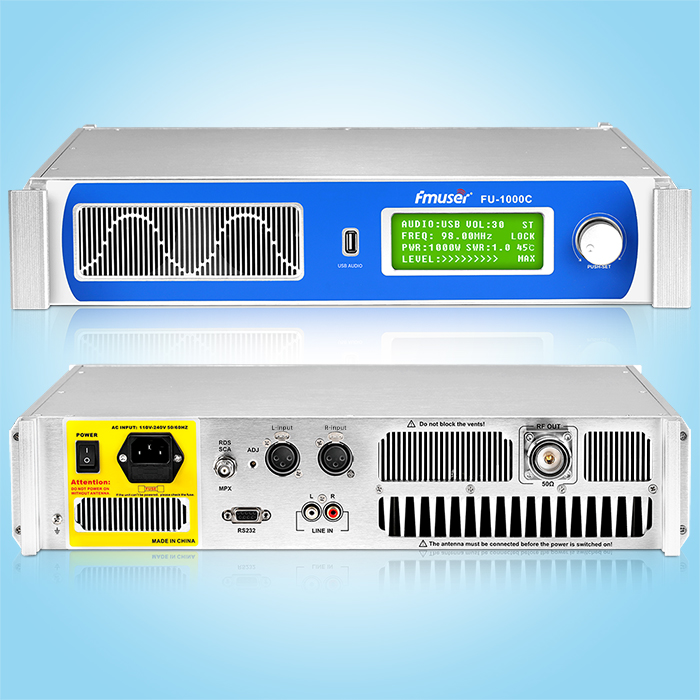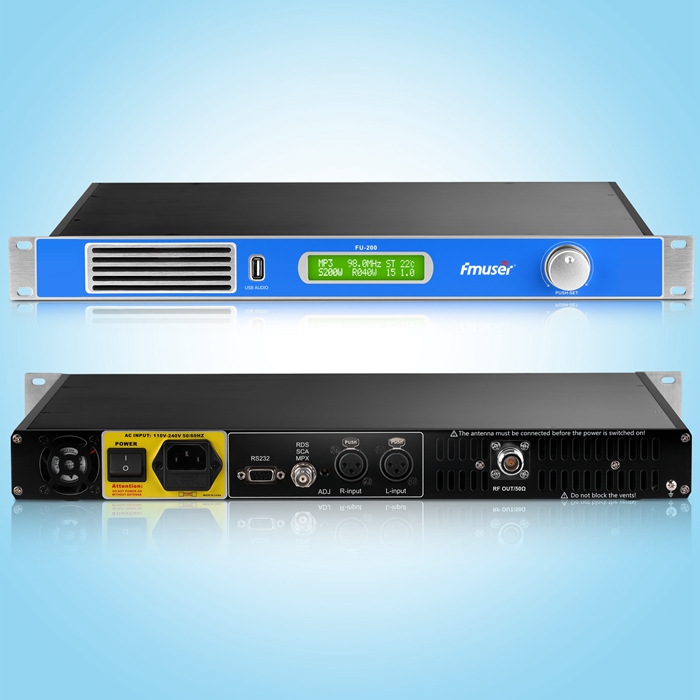The traditional mechanical relay (EMR) has been widely used since the invention has been widely used until the micro-electromechanical system (MEMS) switch technology has developed rapidly in recent decades. With its easy-to-use, small size, The minimal loss is reliably transmitted by 0Hz / DC to hundreds of GHz signals, and the MEMS switch is an excellent alternative device in the radio frequency test instrument, instrument and RF switch application, and changes the implementation of the electronic system.
Many companies tried to develop MEMS switch technology, but they also faced a large-scale production and a large number of challenges with reliable products. Among them, ADI actively puts the MEMS switch project and built its own advanced MEMS switch manufacturing facilities to meet the needs of the industry for mass production.
Basic principle
The key to the ADI MEMS switch technology is that the electrostatic driven micro-processed cantilever beam switch assembly concept. It can be regarded as a micron scale mechanical switch, and the metal is driven by electrostatic contacts.
The switch is connected in three terminal configurations. These terminals can be functionally treated as a source, gate and drain. The figure below is a simplified schematic of the switch, and the case A means that the switch is in an open position.
When a DC voltage is applied to the gate, a static pull-up pulling force is generated. This attraction between the electrostatic power and the parallel plate capacitance is the same. When the gate voltage is oblique enough to a sufficiently high value, it produces a sufficiently large attraction (red arrow) to overcome the spring resistance of the switching beam, the switch beam begins to move down until the contacts contact the drain. The process is shown in the following figure.
At this time, the circuit between the source and the drain is closed, the switch is turned on. The actual size required to pull down the switch beam is related to the spring constant of the cantilever beam and its resistance to the movement. Note: Even in the on position, the switch beam still has a spring force (blue arrow) of the pull-down switch, but as long as the pull-down power (red arrow) is larger, the switch is turned on.
Finally, when the gate voltage is removed (the case is 0V below, that is, the gate electrode is 0V, the electrostatic attraction disappears, the switch beam has a sufficiently large restoring force (blue arrow) to break the source and The connection between the drain is returned to the original turn-off position.
The following figure is an enlarged view of four MEMS switches configured with a single-knife four-hit (ST4T) multiplexer. Each switch beam has five parallel-resistant contacts to reduce the resistance of the shutdown, and improve power processing.
The MEMS switch requires a high DC drive voltage to drive the switch in an electrostatic power. In order to make the device as much as possible and further safeguards performance, ADI has designed a supporting drive integrated circuit (IC) to generate high DC voltages, which is co-encapsulated in the QFN specification size with MEMS switches. Further, the generated high drive voltage is applied to the gate electrode of the switch in a controlled manner. It hides to a high voltage in microsecond times. The oblique helps to control the attraction and drop of the switch beam, improve the action performance, reliability and service life of the switch. Figure 2 shows the driver IC and MEMS chip instance in a QFN package. Drive IC only requires a low voltage, low current power supply, which can be compatible with standard CMOS logic drive voltages. This kind of encapsulated driver makes the switch very easy to use, and its power consumption is very low, approximately 10mW to 20 mW.
Be
Performance advantage
Taking the ADGM1004 / ADGM1304 SP4T series as an example, the parameters of the parameters are compared with traditional mechanical relays (Figure 3) has a lot of significant advantages.
Be
The ADGM1004 / ADGM1304 SP4T also includes an integrated drive for relay alternatives, RF test instruments, and RF switching.
Application example
In the past, the DC / RF switch function to be implemented in the ATE test device, and the EMR switch must be used. However, due to the following problems, use relays may limit system performance:
The relay switch has a large size and must comply with the "penalty area" design rules, which means it takes a large area, lacks test scalability.
The service life of the relay switch is limited, only millions of cycles.
Multiple relays must be cashed out to achieve the required switch configuration (for example, the SP4T configuration requires three SPDT relays).
When using the relay, it may encounter a PCB assembly problem, usually leading to a high PCB rework rate.
Due to wiring restrictions and relay performance limits, achieving full bandwidth can be very difficult.
The relay speed is slow, and the time level of milliseconds is limited to the test speed.
Take a typical DC / RF switch fan out 16: 1 multiplexing function as an example (Figure 4), nine DPDT EMR relays and a relay driver IC to implement 18: 1 multiplexing function (eight DPDT Relay can only produce a 14: 1 multiplexing function). In Fig. 5, the same fan-out switching function is displayed, and only five ADGM 1304 or ADGM1004SP4T MEMS switches are used, and thus simplifies.
A photo of the visual presentation PCB that implements the two schematic diagrams is shown in Figure 6. The physical relay solution is displayed on the left, which shows how much the relay solution takes up with a large area, keeping the routing connection, and how difficult the wiring connection is difficult, and the needs of the drive IC. From the right side, it can be seen that the occupation of the PCB area is reduced, and the wiring complexity of the switching function is lowered. According to the area calculation, the MEMS switch reduces the occupied area than 68%, according to volume calculations, may be reduced by more than 95%.
The ADGM1304 and the ADGM1004MEMS switch have a low voltage and can be independently controlled; therefore, they do not require an external drive IC. Since the height of the MEMS switch package (the height of the ADGM 1304 is 0.95 mm, the ADGM1004 has a high package height of 1.45 mm), so the switch can be installed on the reverse surface of the PCB. Smaller packages are highly increased by the achievable channel density.
Small knot
Finally, small-size solutions are usually a key requirement for any market. MEMS has a convincing advantage in this regard. The following Figure 7 compares the size of the encapsulated Adi SP4T (four switch) MEMS switch design and typical DPDT (four switches) electromechanical relays. The MEMS switch saves a lot of space, which is only equivalent to 5% of the relay. This ultra-small size significantly saves the PCB board area, increasing the possibility of double-sided development of the PCB board. This advantage is particularly valuable for automated test equipment manufacturers that urgently need to improve channel density.
Our other product:


